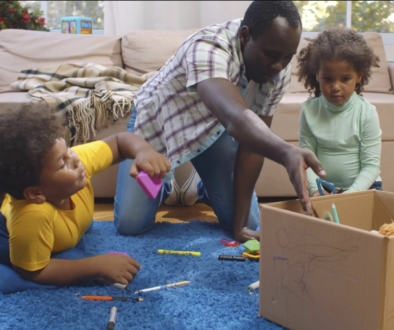Understanding and Handling Tantrums

Tantrums can be challenging for parents and caregivers to deal with, as they often involve intense emotions and behaviors that may be difficult to manage. However, it’s important to recognize that these outbursts are a normal and natural expression of a child’s frustration, anger, or other overwhelming emotions. Tantrums are a normal part of child development and are typically a phase that many children go through.
Tantrums can occur for many reasons, including a child’s inability to communicate effectively, frustration with not getting their way, or feeling overwhelmed by emotions they don’t fully understand. As children develop, they are still learning to regulate their emotions and express themselves verbally.
Handling temper tantrums requires a combination of understanding, patience, and effective strategies. Here are some tips on how to handle temper tantrums:
Stay Calm– Keep your own emotions in check. Take deep breaths if needed. Remember that tantrums are a normal part of development, and your calm response can help de-escalate the situation.
Acknowledge Feelings and Offer Comfort– Use simple language to acknowledge the child’s feelings. For example, say, “I see that you’re upset because…” Validating their emotions can help them feel understood. Sometimes, a comforting touch or hug can help the child feel secure. Be present and available without reinforcing the tantrum.
Provide Choices– Offer choices when appropriate to give the child a sense of control. For example, “Would you like to wear the red shirt or the blue shirt?” Having some control can reduce frustration.
Use Distraction– Redirect the child’s attention to a different activity or object. Offering an alternative can help shift their focus and ease the intensity of the tantrum.
Establish Routines– Stick to consistent routines whenever possible. Predictability can help prevent some tantrums triggered by uncertainty.
Set Clear Limits– Clearly communicate rules and expectations in a positive manner. Consistent boundaries provide a sense of security for the child.
Teach Problem-Solving– Encourage the child to express their feelings verbally rather than through tantrums. Teach them problem-solving skills to cope with frustration.
Model Calm Behavior– Demonstrate how to handle frustration and anger calmly. Children often learn from observing adults.
It’s important for parents to remember that dealing with tantrums is a gradual process, and it’s okay to seek help if needed. Parenting support groups or professional advice can provide additional strategies and coping mechanisms.





